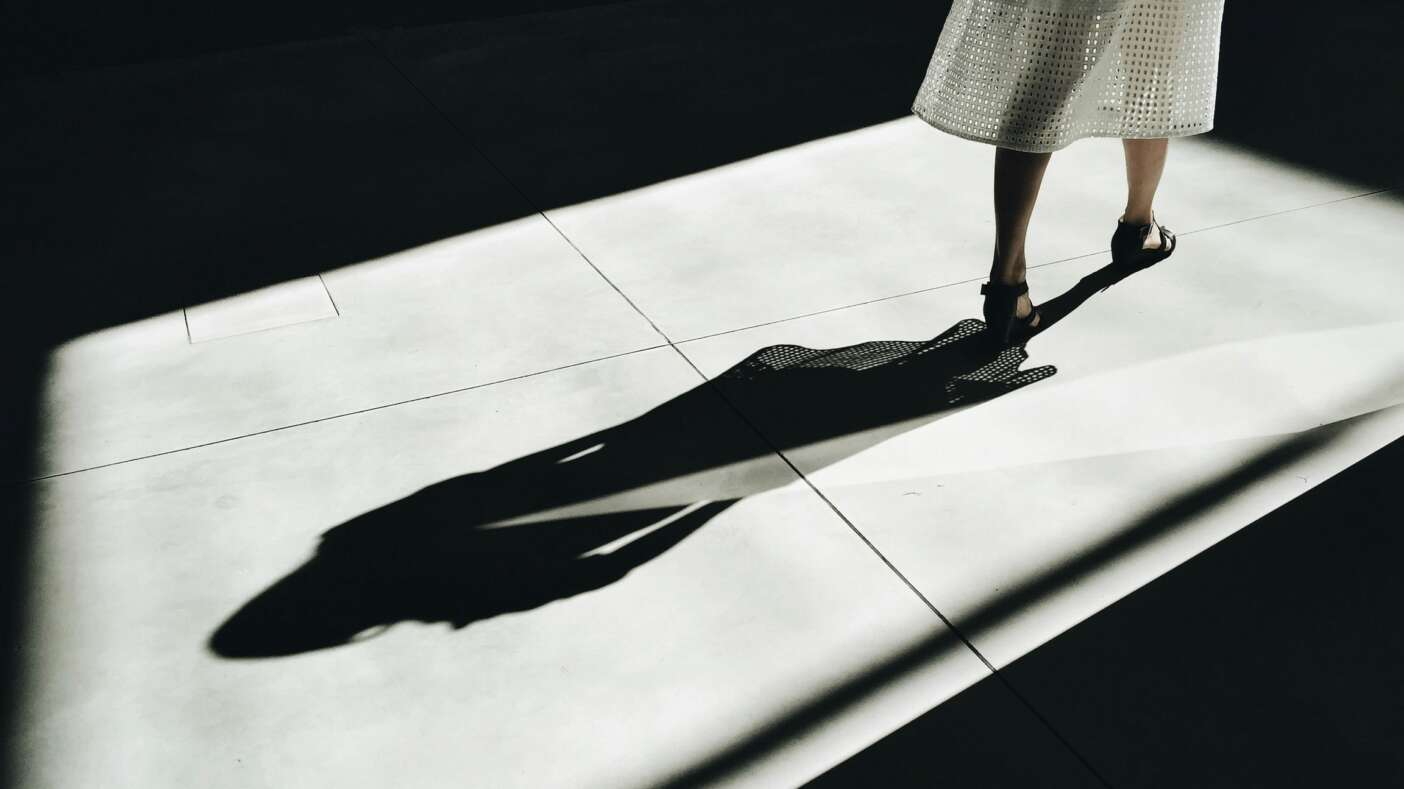Addiction wears many masks. Sometimes it looks like cigarettes or wine. Sometimes it hides in overeating, endless scrolling, shopping for things you don’t need, or even working yourself to exhaustion.
On the surface, these struggles look different. But beneath every mask, there’s a shadow. And when you shine a light on it, what you almost always find is fear. That’s the heart of the shadow of addiction in real life.
Addiction Is Not Just Substances
When most people hear the word addiction, they think of alcohol, nicotine, or drugs. But addiction is far broader. It can show up in how you eat, how you numb yourself with social media, or how you use busyness to avoid stillness.
In my work as a hypnotherapist, I’ve seen clients chained to behaviors that look ordinary on the outside but feel unbearable on the inside. Addiction doesn’t always scream. Sometimes it whispers.
And here’s what most people misunderstand: addiction isn’t a moral failure. It’s not proof that you’re weak or broken. Addiction is a coping mechanism. It’s how your subconscious learned to calm fear, even if only for a moment.
For a deeper dive, see Verywell Mind’s overview of addiction.
The Hidden Shadow: Fear
Fear rarely shows up plainly. Sometimes it arrives as anger, sometimes as anxiety, sometimes as shame. Peel those layers back, and fear is what’s left.
- Fear of being abandoned
- Fear of not being enough
- Fear of losing control
- Fear of being unloved or unseen
Addiction steps in like a quick fix. A drink quiets racing thoughts. Cigarettes fill the silence. Food soothes loneliness. Shopping provides a fleeting sense of power.
But what calms you in the moment can chain you over time. The very thing that promises relief becomes another prison. That’s the shadow of addiction.
Why Willpower Isn’t Enough
Most people think the solution is to “just stop.” Throw away the cigarettes. Delete the apps. Lock up the credit card.
But if you’ve tried that, you know how short-lived it is. Because willpower doesn’t heal fear. Your subconscious is wired to protect you. If fear lives deep in your nervous system, your subconscious will cling to whatever feels safe—even if it’s destructive.
That’s why addiction often feels like fighting with your own shadow: you push, it pushes back. You resist, it resists harder. Real healing doesn’t come from punishment or restriction. It comes from safety.
When the subconscious feels safe, fear begins to dissolve. And when fear dissolves, the shadow starts to lift.
A Different Path to Freedom
This is why deep healing methods like hypnosis can be powerful. Instead of fighting the shadow, you’re invited to understand it. You learn where fear has been hiding, and you gently rewire the patterns it created.
When your nervous system feels safe, the grip of addiction loosens. Cravings fade because the fear underneath no longer demands soothing. The smoking, the overeating, the endless scrolling—these stop feeling like battles you can’t win. They become choices you don’t need anymore.
If you’d like to explore shadow work more directly, see Psychology Today’s guide on how to do shadow work.
Stepping Into the Light
Addiction is a signal. A shadow pointing to fear. When you shine a light on that fear, something shifts. The shadow doesn’t look so big anymore. And little by little, the freedom you thought was impossible becomes your new normal.
If you’re ready to stop battling shadows and start living free, I invite you to a Free Clarity Session. Together, we’ll uncover what fear has been holding you back—and open the door to lasting change.
Because fear doesn’t have to run your life. Fear breaks. Freedom begins.

